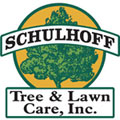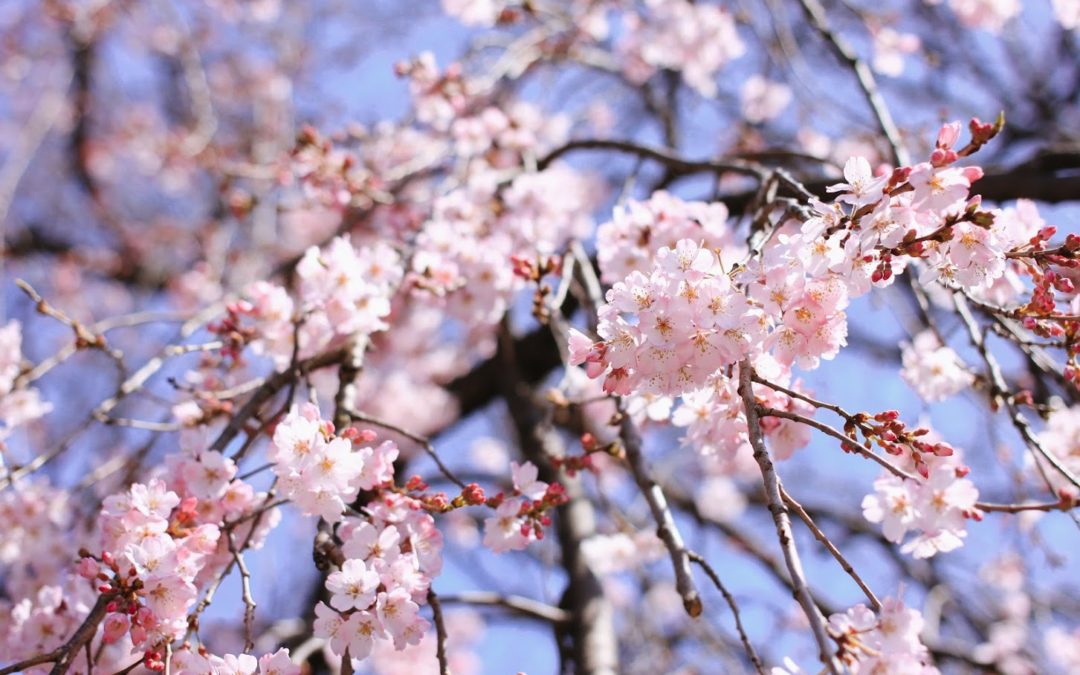Your landscape trees need and deserve some tender loving care as spring approaches. Winter can leave trees with damage that can affect more than their appearance. The following checklist can help you get the new growing season off on the right foot so that your trees will thrive over the summer months.
Damage Inspections
An inspection of every tree in your landscape as the snow and ice recedes ensures that you can find and remedy any issues before pest and disease organisms become active in mid-spring.
What to Look For
Your main goal early in the season is to find broken branches, deadwood, and trunk damage. Broken branches and trunk damage are easier to spot before the tree leafs out, but deadwood can be more difficult. Look for branches that don’t have buds or ones where the buds fail to swell when other branches are beginning to show bud activity.
Pest issues can be hard to spot in spring but are not impossible. You may notice weak or malformed leaves or excessive foliar damages. If you have ash trees, watch the crown of the tree for yellowing and weak foliation.
When to Act
Call in a tree service if you find any damage that you are not comfortable with fixing on your own. In general, bring in a professional if you need to remove more than a couple of small branches. As for pest issues, these tend to start emerging a little later in spring once the tree leafs out. The earlier you catch a pest issue, the better the chances of successful treatment.
Spring Pruning
Spring is the best time to prune most trees. This includes both maintenance pruning of mature trees and training pruning for younger trees.
What to Prune
Spring pruning is more involved than just removing the damages listed above, it is also about improving tree form. This is relatively simple on mature trees since most maintenance pruning consists of thinning out overcrowded branches that cross and rub together.
More extensive pruning may be necessary to help train young trees. Generally, your tree service tech will choose a central upright stem to serve as a main leader, then they will remove extraneous lateral branches to create a strong framework for future development.
When to Trim
Late winter and early spring, before the buds begin to open, is the best time to prune most trees. At this time, the trees are still dormant, but the plants can quickly heal over the wounds once the active growth season begins. The one exception is spring flowering trees, since pruning these too early can severely reduce the amount of blossoms. Schedule pruning of these trees for right after they finish blooming.
Nutrient and Moisture Management
Since spring is the time of most rapid new growth, ensure the trees have access to the moisture and nutrients they need during this highly active period.
What Trees Need
With fertilizer, a general purpose tree and shrub fertilizer is a safe choice. Colorado soils are also often deficient in micronutrients, like iron, so request a soil test from your tree service to they can also apply any other nutrients that may be lacking.
Mulch is the key to managing moisture throughout the growing season. Landscape trees often get sufficient water from regular landscape irrigation, but mulch will help conserve this moisture in the soil until the trees can take it in through their roots.
When to Apply
Schedule fertilizer applications for early spring, just before the plants leaf out or start to bloom. This is also a good time to apply mulch around the trees. You can usually schedule a fertilizer and mulch application at the same time as your spring pruning appointment.
Contact Schulhoff Tree & Lawn Care, Inc., to schedule a consultation or service visit for your trees.

